Bravo’s Work of Art: The Next Great Artist made its debut in someone else’s prom dress. The format, the editing, premises and pacing were all worn first on Project Runway.
Instead of Project Runway‘s Michael Kors and Nina Garcia, Work of Art has art dealer Bill Powers and dealer/curator Jeanne Greenberg Rohatyn. Instead of make-it-work Tim Gunn, auctioneer Simon de Pury muttering into his manicured hands. Instead of Heidi Klum, “art enthusiast” China Chow.
As with Runway, the possibilities were determined before the first episode. By then, unnamed judges had picked the 14 contestants, unlike American Idol and So You Think You Can Dance, both of which offer a survey of the field and the process judges use to narrow it.
Work of Art judges, host and artists, image via Bravo
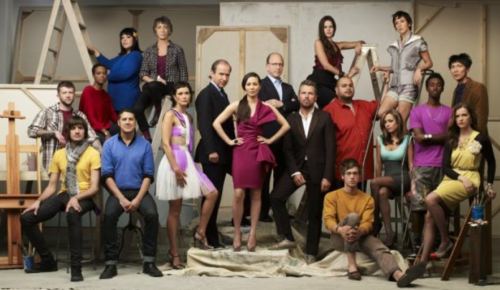 Each week there’s a challenge; one person wins and one goes home. The only person on Work of Art without a Runway equivalent is critic Jerry Saltz. Although rigged against them, the show rides on his abilities.
Each week there’s a challenge; one person wins and one goes home. The only person on Work of Art without a Runway equivalent is critic Jerry Saltz. Although rigged against them, the show rides on his abilities.
The other judges fall short of their Runway relations. To date, Greenberg Rohatyn’s judgments are absurd. Powers is vulgar. He actually said he couldn’t “get off on” one contestant’s piece. With his lecherous-logger looks and intense-for-no-reason demeanor, his phrase creates an unwelcome image. Not that he was trying to create it. He’s one of those people who uses phrases without thinking about them.
Note to Powers: Read George Orwell’s Politics and the English Language. The next day, read it again. Underline this part:
As soon as
certain topics are raised, the concrete melts into the abstract and no
one seems able to think of turns of speech that are not hackneyed: prose
consists less and less of words chosen for the sake of their meaning,
and more and more of phrases tacked together like the sections of a
prefabricated hen-house.
Chow’s confidence gives self-esteem a bad name. Born wealthy and raised around art, she acts as if she earned it. De Pury appears to be bewildered, as well he might be. The artists on the show are outside the range of his consciousness, steeped as it is in the price points of masterpieces.
Ain’t nothing like that here. After a nationwide search, the overall quality of artist-crew is at best uneven. Who picked them? In his running commentary in New York Magazine (so far here and here), Saltz was quick to point out he didn’t. (Even if you’re not watching the show, reading Saltz react to it is worth the click.)
The first challenge, to create a portrait of a fellow contestant, showed the judges’ deficiencies in bold relief. They seem to believe that a portrait has to be a recognizable likeness. (See Martin Bromirski’s on his blog, Anaba, particularly…)
hey judges – Felix Gonzalez-Torres,
Untitled (Portrait of Ross in L.A.),
1991, Louise Bourgeois, Torso Self-Portrait, 1962-63, David Hammons, Esquire (or John Henry), 1990…
etc etc blah blah blah…
It’s major not to realize how diverse the contemporary meaning of a portrait is, and yet Saltz did nothing to clarify, either in his (heavily edited) remarks on the show or later in his NY Mag commentary. Instead, he sweats the small stuff. Talk about eye not on the prize:
No one in the art world calls themselves a “figurative” or “abstract”
painter. They just say they’re an artist or a painter. It was a sign
that the producers didn’t know the art-world lingo.
Note to Saltz: You and the 10 people with whom you like to dine might have decided that the terms “figurative painter” and “abstract painter” are dead, but I assure you they are still in use by tip-top art-smart people around the world. For you, their use indicates out-of-it, but nobody else cares. Sounds like you’re describing your secret handshake. Move on.
A great moment from episode one came from contestant Nao Bustamante, who told the judges, “I’m not responsible for your experience of my work.”
The tops and bottoms were hard to tell apart, aside from the artist who went home and deserved to via her leaf-strewn wallpaper. The judges liked Abdi Farah too much and Erik Johnson too little. Powers said Johnson’s face-on-a-palette painting resembled one of John Wayne Gacy’s clowns. I guess that’s where we are with clowns. Paintings of them used to remind people of Red Skelton. Now, a serial killer comes to mind.
Gacy and Johnson have nothing in common besides the subject matter, which means they have nothing in common. Gacy was a demented folk artist. Johnson is an expressionist. His figure looks like phlegm from a tubercular’s handkerchief, and I mean that as a compliment.
The second challenge went better: Make something from electronic junk. Guest artist Jon Kessler raised the tone, telling contestants to remember that objects have a memory. The bottom three richly deserved their status. I would have liked to see Peregrine Honig in the top three, but no quarrel with the two-time winner, Miles Mendenhal.
Miles Mendenhall, Worst place, 2010, mixed media
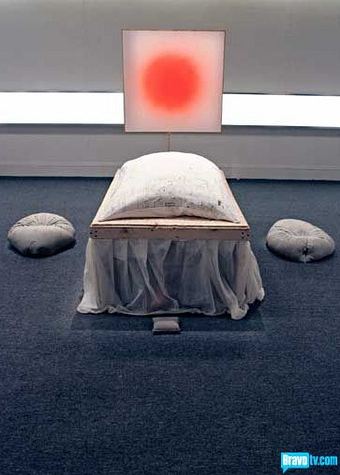 In its glory days, Project Runway was a don’t-miss, art-world cult classic. I’m not sure this show will get there. Saltz aside, the judges need to be smarter and de Pury more forceful. He could help the artists in the studio, but his old-world manners prevent it.
In its glory days, Project Runway was a don’t-miss, art-world cult classic. I’m not sure this show will get there. Saltz aside, the judges need to be smarter and de Pury more forceful. He could help the artists in the studio, but his old-world manners prevent it.
One thing you can say about So You Think You Can Dance. Everybody who makes it on the show has every reason to believe it, and the judges, while frequently annoying, know from whence they speak. Responding to Alex Wong‘s brilliant work in a piece choreographed by Sonya Tayeh, judge Nigel Lythgoe said:
Sometimes we concentrate on the architecture of dance…and forget to dance because the steps get in the way. Tonight you’ve shown you have that structure and artistry melded together.
None of the judges on Work of Art have come close to that, but, of course, they’re not dealing with Wong’s equivalent. (Good question: Why aren’t they?)
More on Work of Art – recaps from Christopher Knight, Paddy Johnson and Jen Graves. Third episode Wednesday night.




 A curator on the job for three years is cracking open the territory. Darling has the wit, energy and vision to connect part of what’s genuinely of merit in the NW to art globally. He is capable of breaking the isolationist bubble of regionalism to move artists who move him onto a larger stage. He’s leaving in part because he can’t do it alone. Having brilliant chops is not enough in the NW, either for artists or curators.
A curator on the job for three years is cracking open the territory. Darling has the wit, energy and vision to connect part of what’s genuinely of merit in the NW to art globally. He is capable of breaking the isolationist bubble of regionalism to move artists who move him onto a larger stage. He’s leaving in part because he can’t do it alone. Having brilliant chops is not enough in the NW, either for artists or curators. 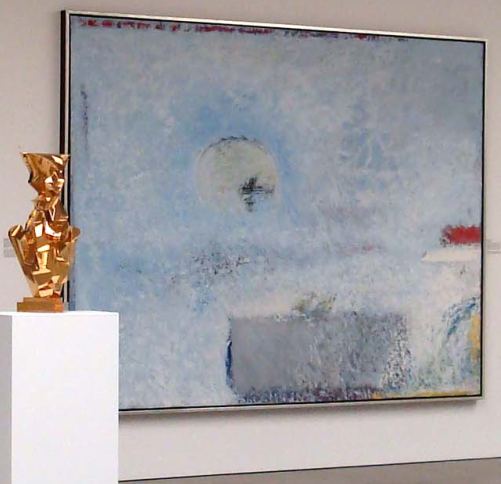 Ivey painted not what he saw but what he felt about what he
Ivey painted not what he saw but what he felt about what he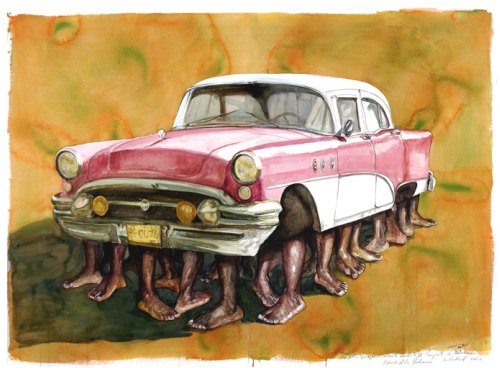
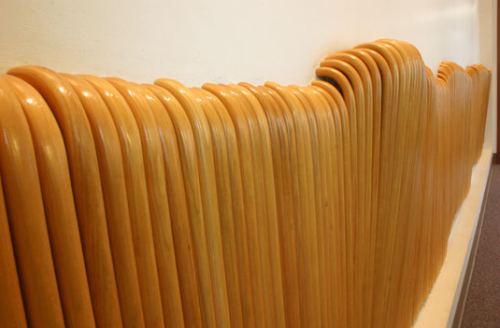
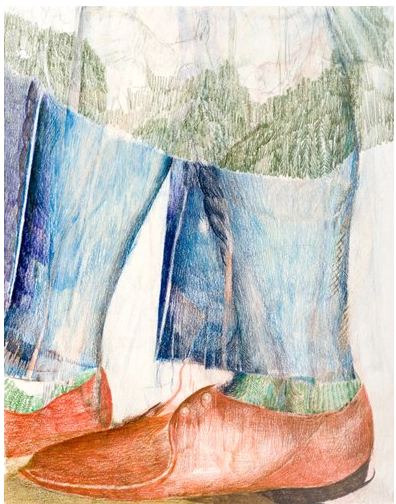 Jon Michael Turner, from the
Jon Michael Turner, from the 
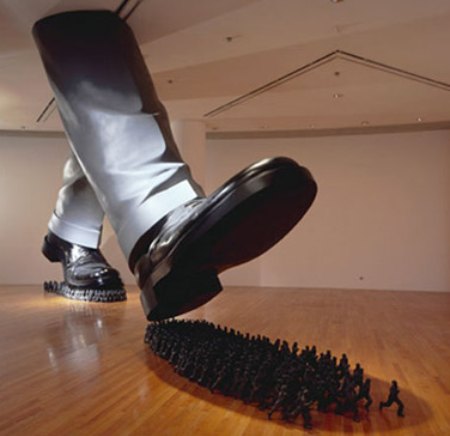
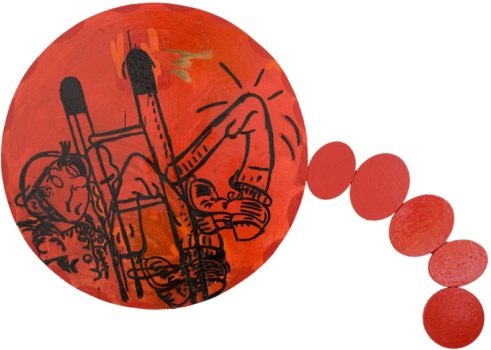
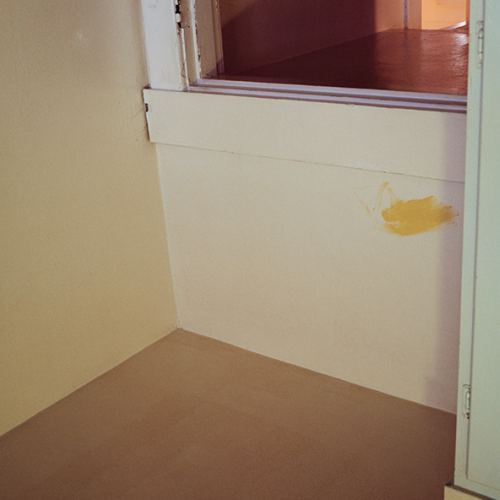 2.
2. 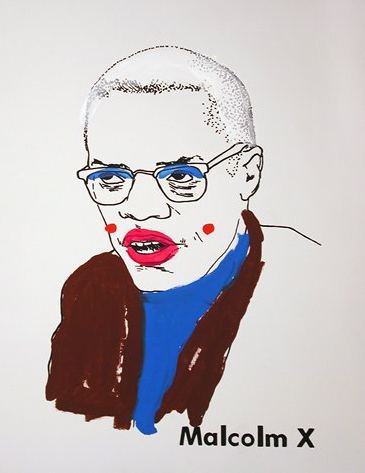 3. No line unchallenged.
3. No line unchallenged.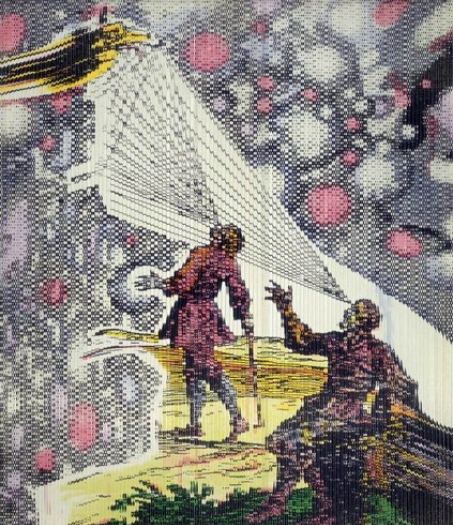 4. No dead edges.
4. No dead edges.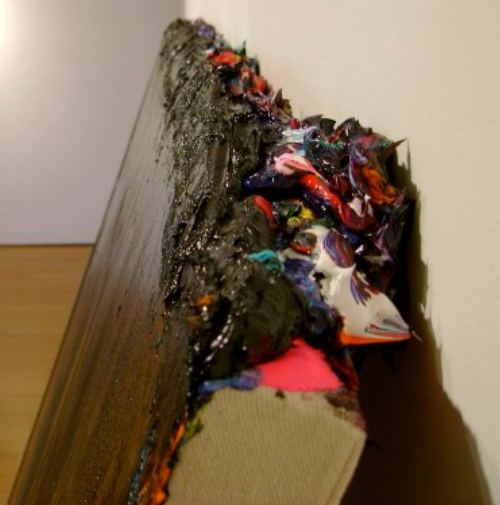 5. Color needs a crew.
5. Color needs a crew.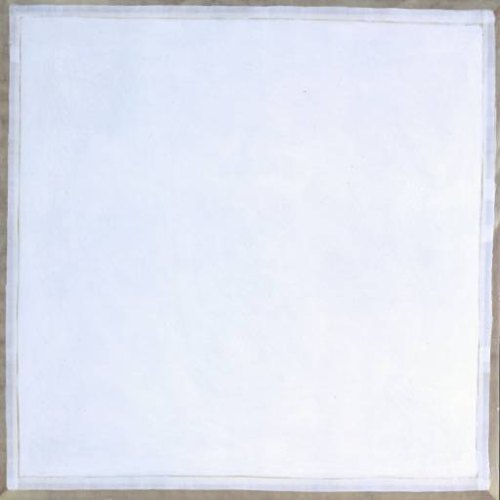 6. How carries what.
6. How carries what. 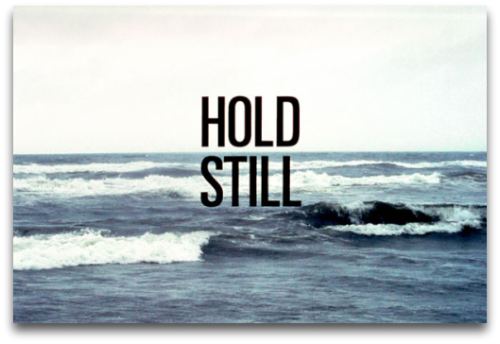 7. Ransack the past (be a chop shop).
7. Ransack the past (be a chop shop).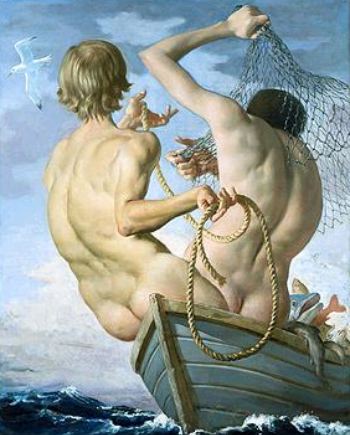 8. Let ripe go rotten.
8. Let ripe go rotten.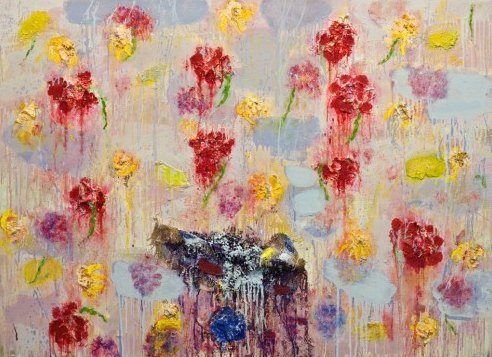 9. Like a thermos, contain heat without radiating it.
9. Like a thermos, contain heat without radiating it.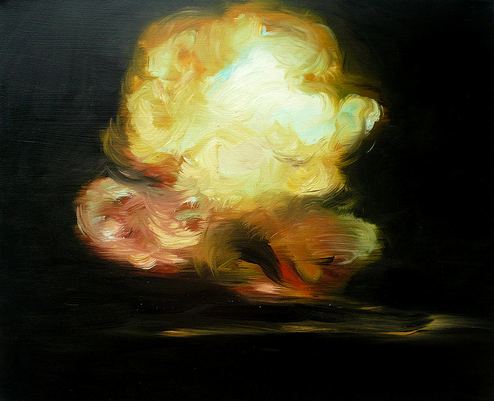 10. Flat out, flesh in.
10. Flat out, flesh in.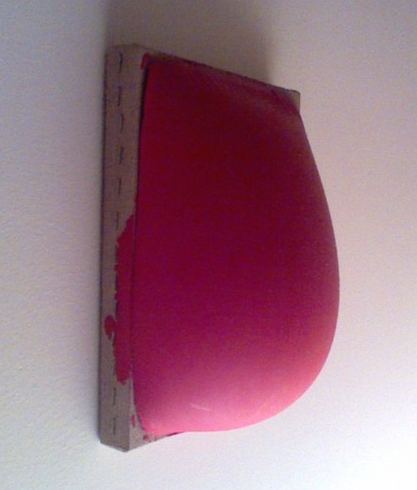
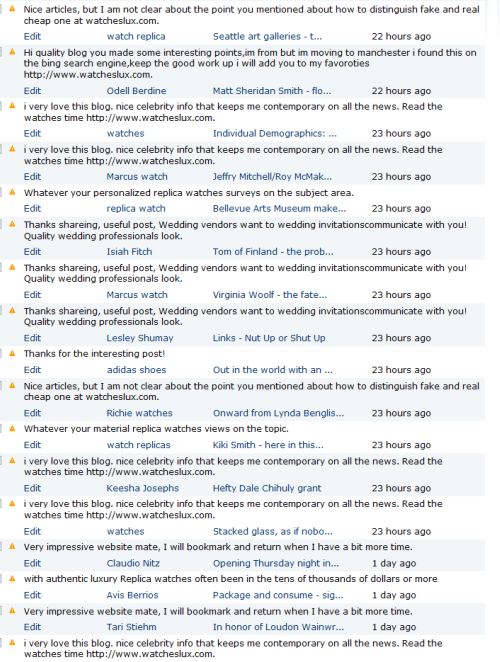 Not that trolls (and gnomes) don’t have their uses. Below, a fine one by
Not that trolls (and gnomes) don’t have their uses. Below, a fine one by 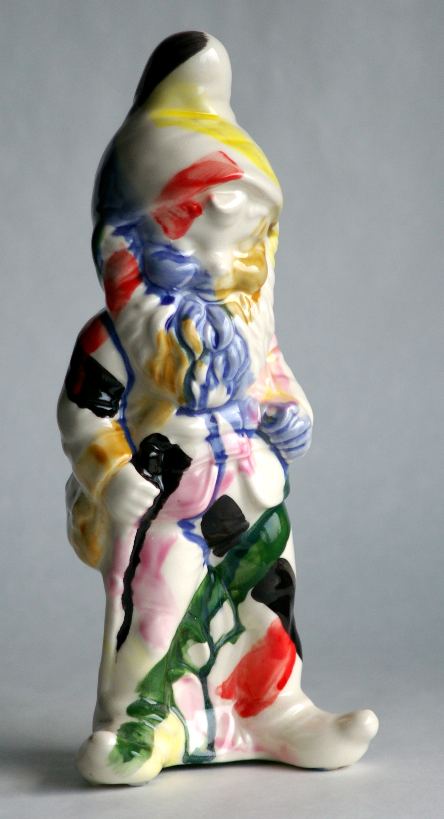
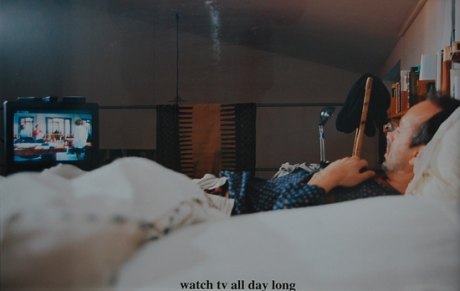
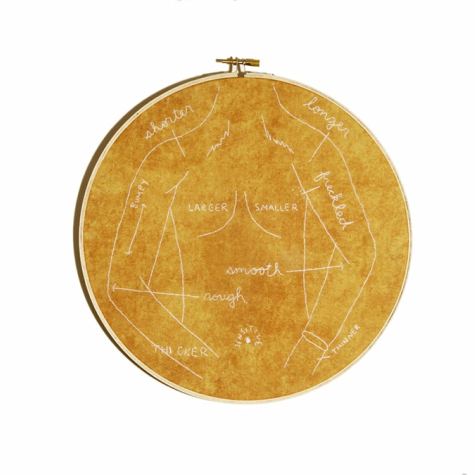 To participate:
To participate: